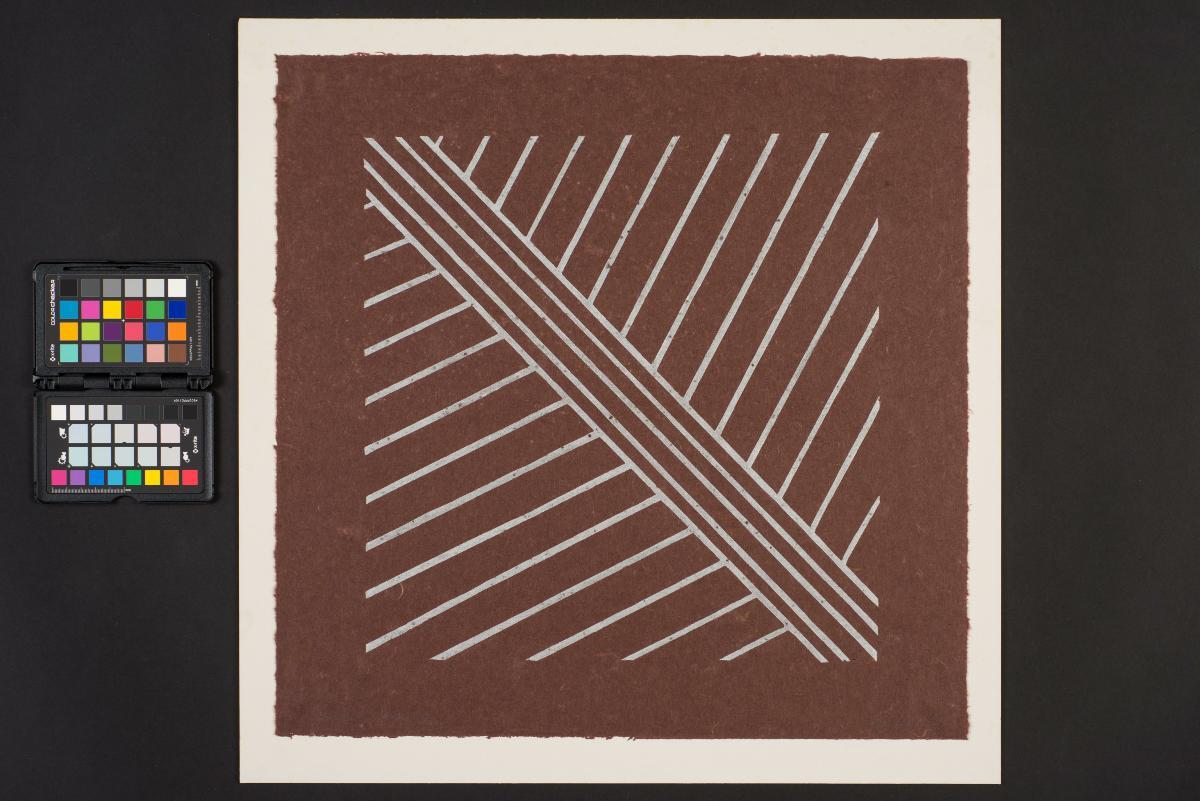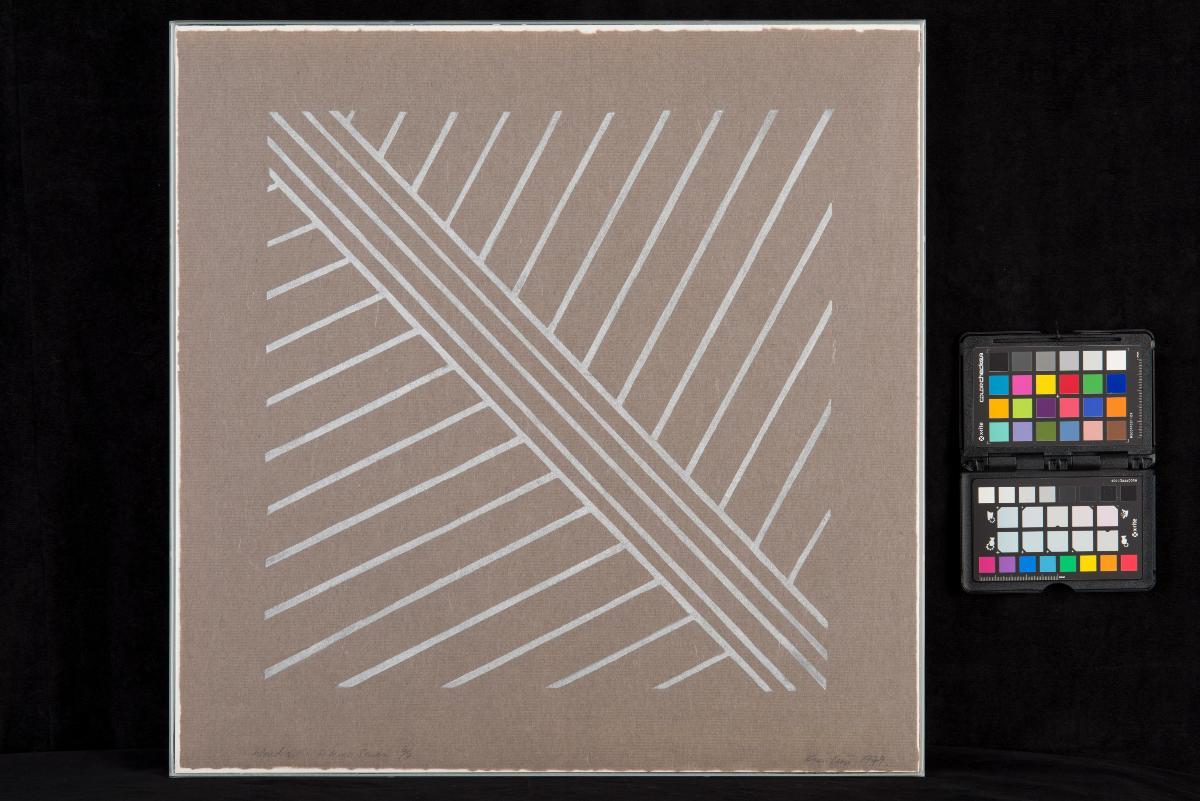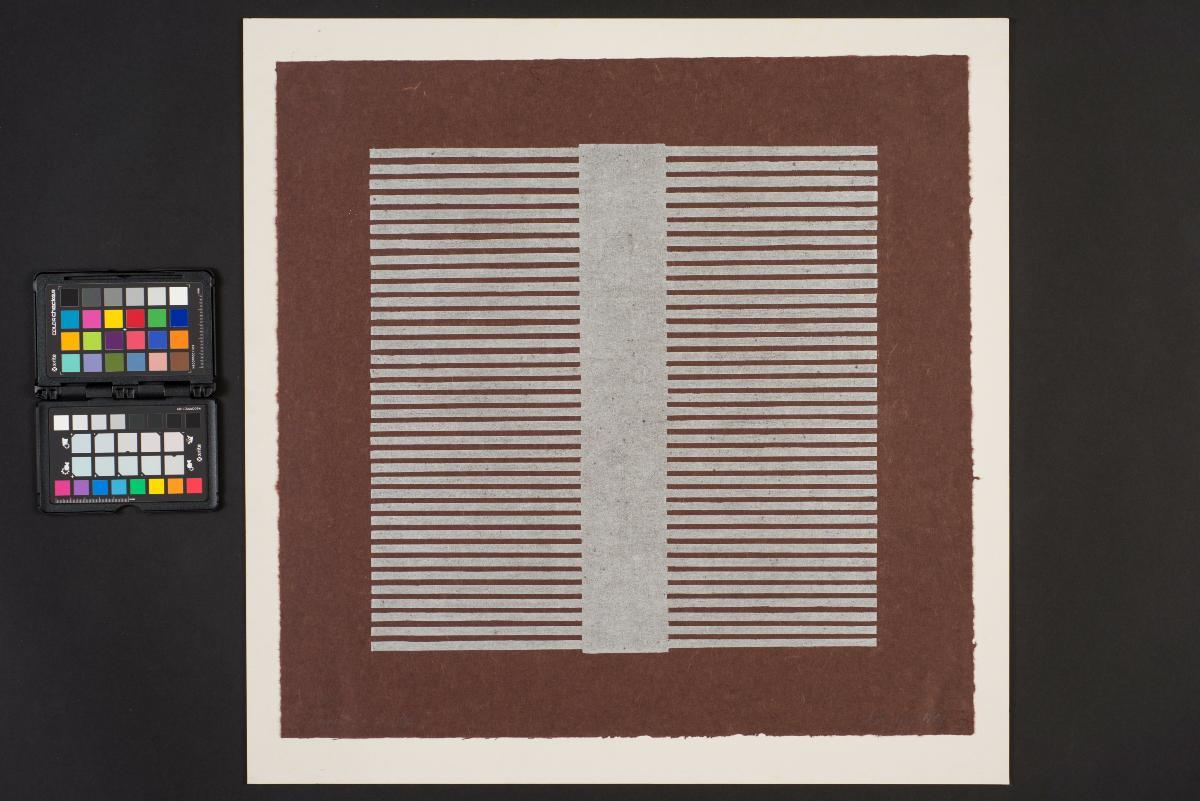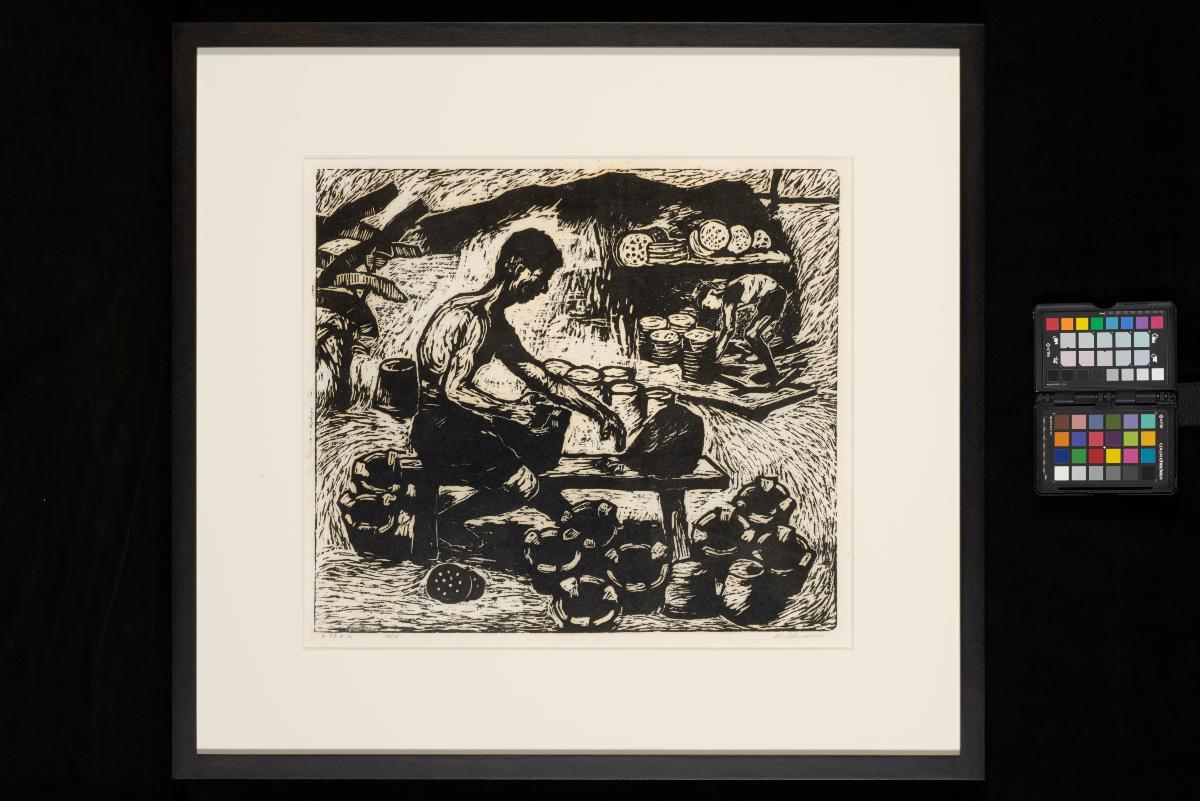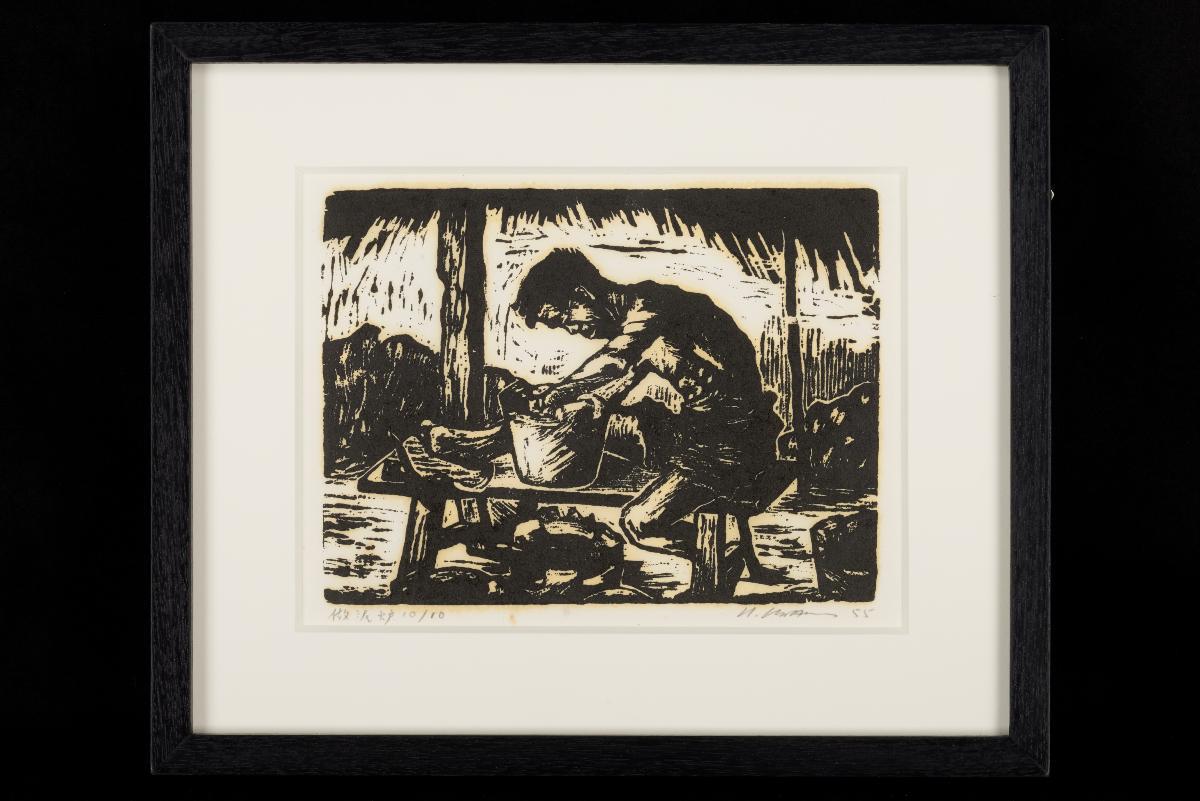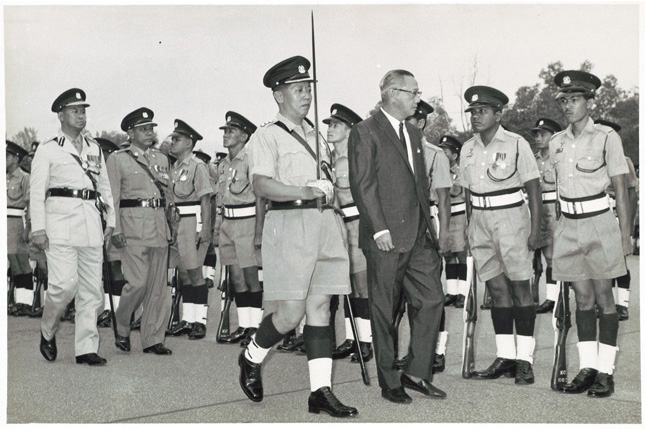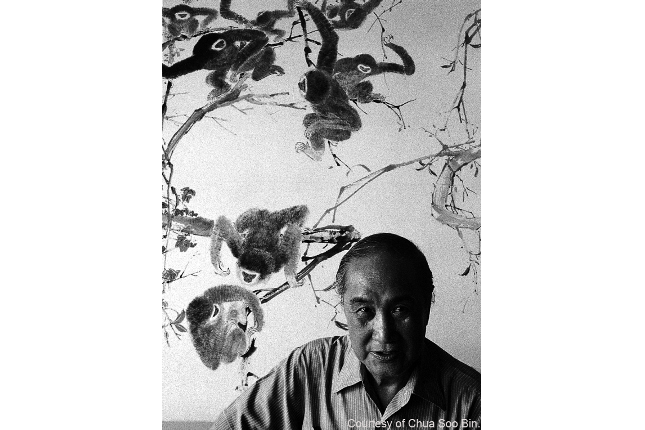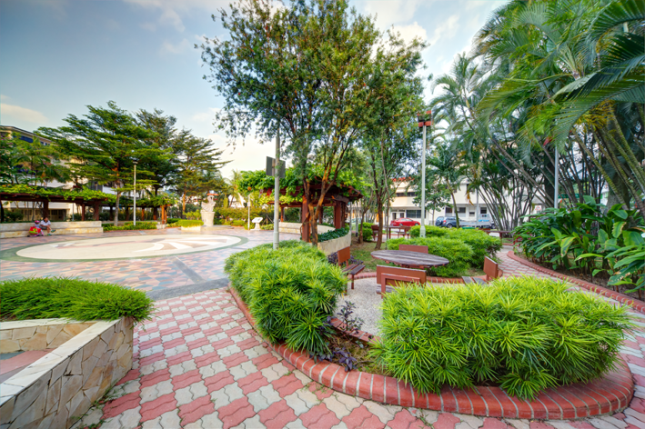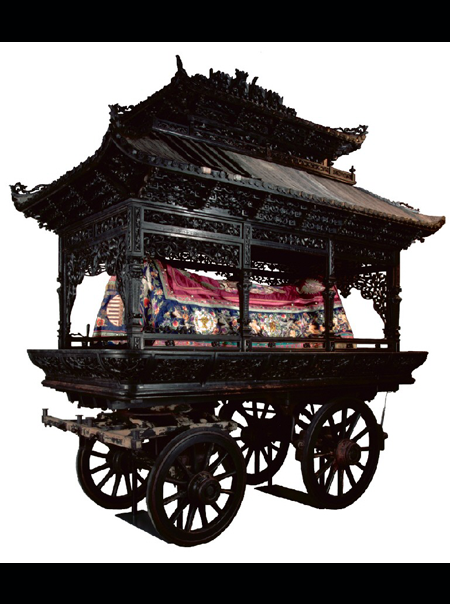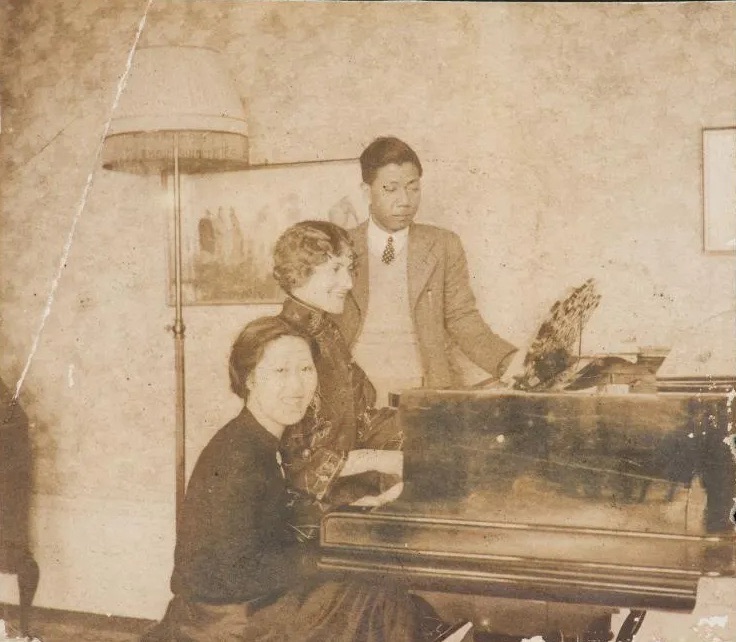Kim Lim (1936, Singapore – 1997, London) was born in Singapore and spent much of her early childhood in Penang and Malacca. At the age of eighteen, she went to London to pursue her career as an artist. She spent two years at St. Martin’s School of Art, London (1954-56) concentrating on wood-carving. Then, she transferred to the Slade (1956-60) where she developed a strong interest in print-making under the tutelage of etcher Anthony Gross and lithographer Stanley Jones. She exhibited widely after graduating from the Slade in 1960. It was the time spent at Slade that allowed her to explore and develop perceptions that would truly remain hers for the next four decades of her practice. At the time, the teaching approach at the Slade was one of critical disengagement, where students were left to one’s own devices to explore devices such as museums, artist-studios, libraries and self-initiated field trips. The early years of Kim’s study and practice seem to have held a clever sort of circumstances where freedom and opportunity colluded. In a 1964 interview published by the prestigious journal "Studio International", Kim Lim unpacked the process that she undergoes in conceiving the relationship between her sculptural practice – which is primarily divided into two periods, i.e. 1960-1979: works in wood and metal and 1979-1997: works in stone – and her prints which stretched across her practice. Whilst the prints may be seen in their own right as works that potentiate her conceptual manoeuvres in systematically exploring what she termed as the ‘power of the spaces between’, they are also very closely related in method to the sculptures. ‘I use the image as a unit’, Kim Lim observes, ‘printing it twice or sometimes reversing it and so building the print’. ‘Graphics interest me not as a means of reproduction but as a medium with specific qualities and characteristics: scale, squeezed area of colour, etched line, embossed surface, and the imprint of a copper plate’. This reference, to ‘building’ a print near alludes to the process by which she would break down the categories of ‘painting’ and ‘sculpture’, generating a system through which the work of art is potentiated as an ‘object’ in its own right i.e. colliding space, edge, volume and form.




